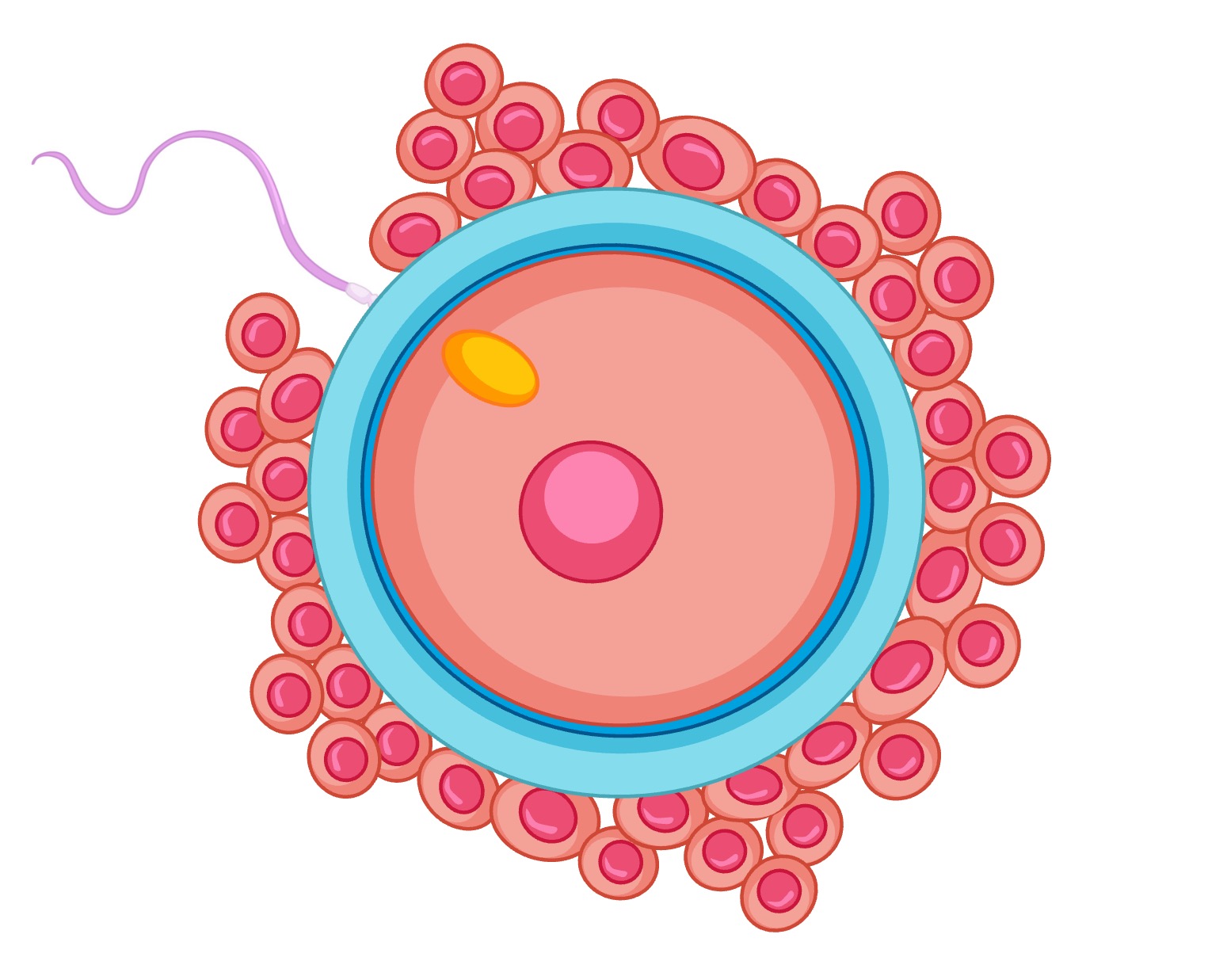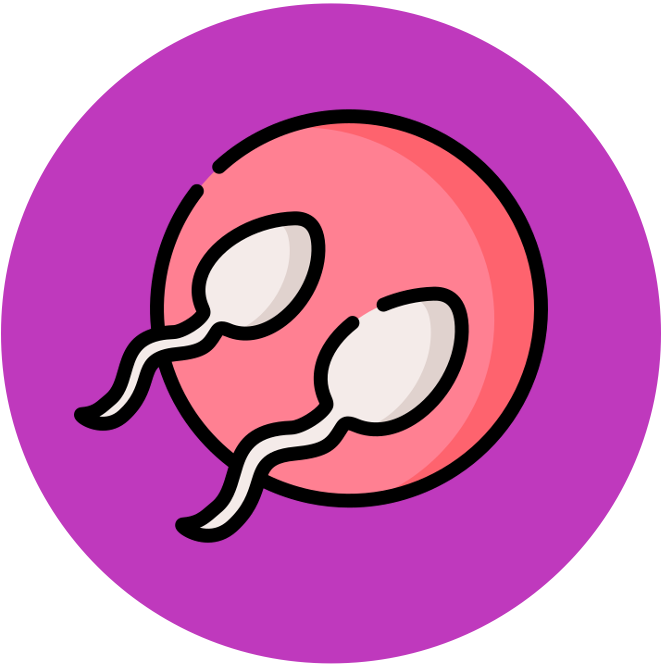

Fertilisation
When an egg cell is released via ovulation, it travels down the fallopian tube (oviduct) to the endometrial layer of the uterus
-
If the egg cell has not been fertilised by a sperm by the time it reaches the uterus, the egg cell (and the endometrium) is shed from the body via menstruation
-
If the egg cell is fertilised by a sperm, then the fertilised egg (zygote) will form a blastocyst that can implant within the endometrial layer and develop into an embryo
The process of fertilisation involves a number of key steps:
-
When the sperm and egg membranes fuse, the sperm nucleus enters the egg but the tail and mitochondria (mid piece) are destroyed
-
The nuclear membranes of both the egg and sperm dissolve, allowing the two sets of condensed chromosomes to undergo a joint mitosis
-
The resulting cell (zygote) has a diploid nucleus, allowing it to undergo further mitotic divisions to form a new multicellular organism (embryo)
The zygote is able to undergo asexual reproduction (i.e. mitosis) to form a multicellular organism
-
Differentiation of these genetically identical cells will result in the formation of distinct tissues with specific functions
Fertilisation







